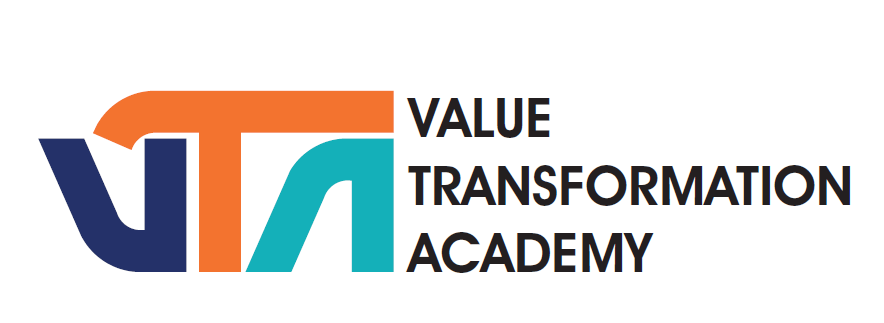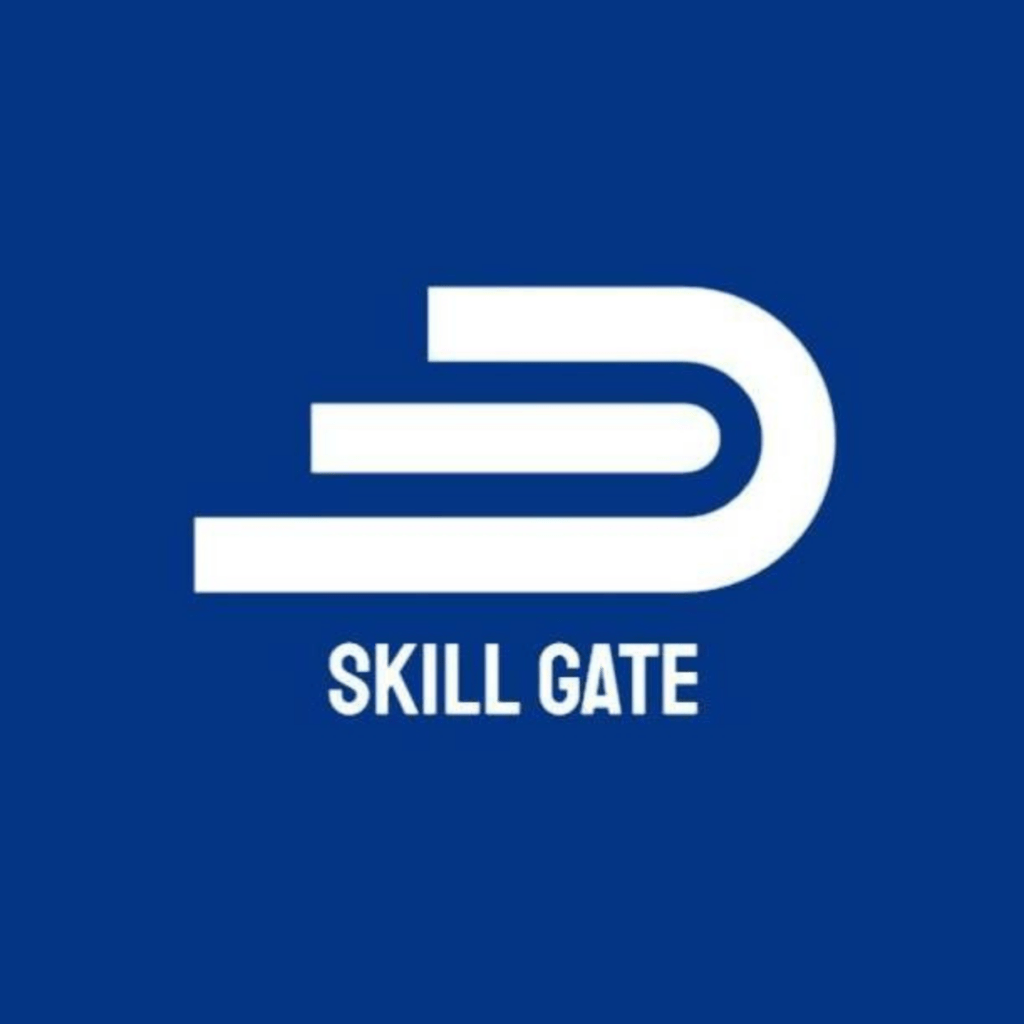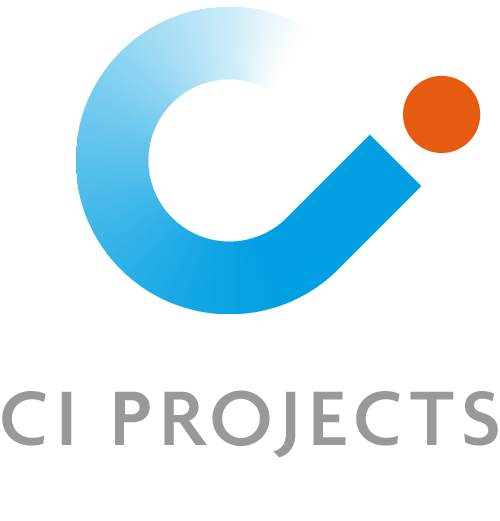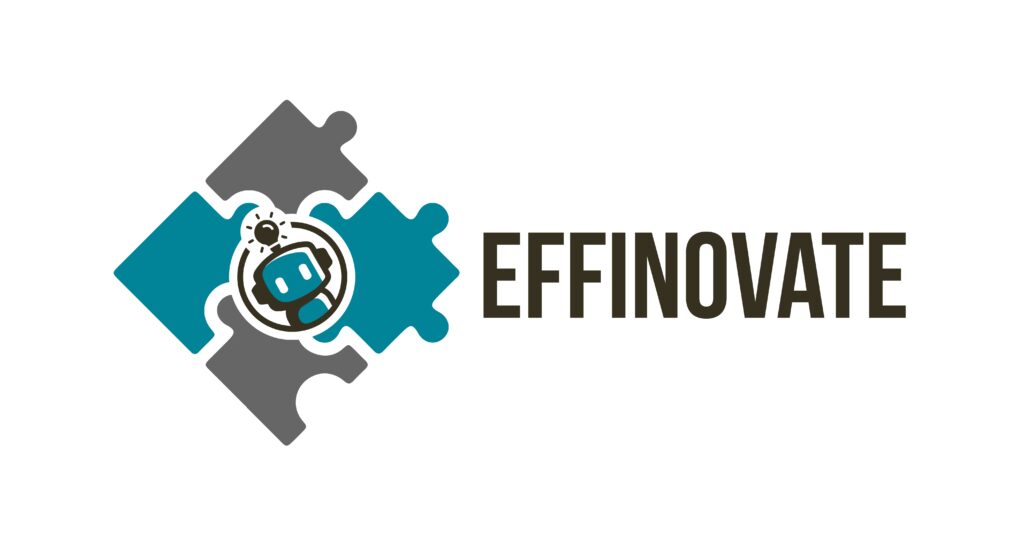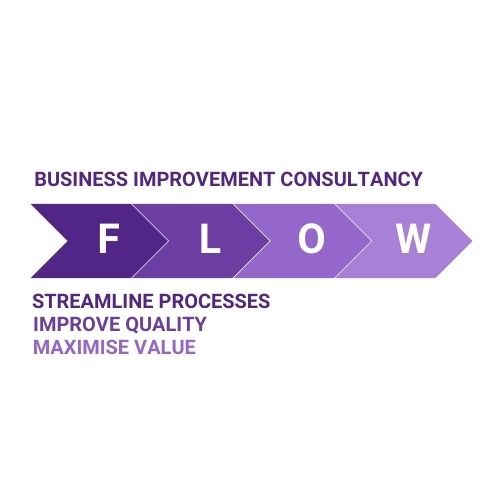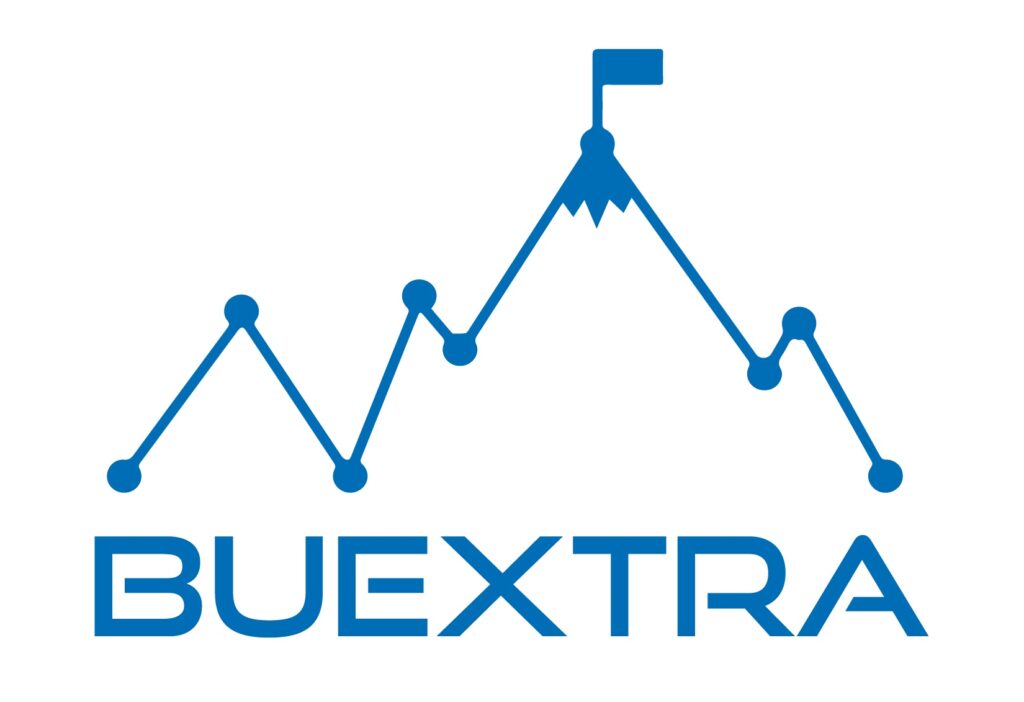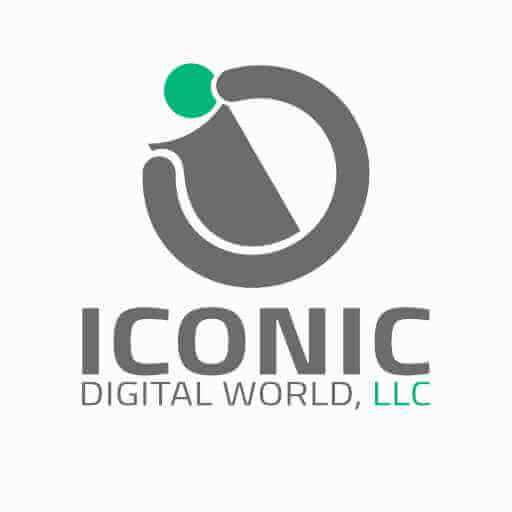Lean Healthcare and reducing waste in Medical Billing
Wastes in Medical Billing and how Lean can help !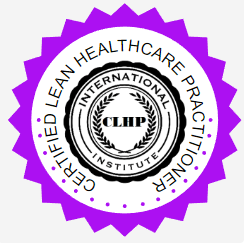
by Devin Cabanilla, Virginia Healthcare
The billing processing and revenue stream in health care is particularly problematic,
complex and expensive. More than a decade ago, a New England Journal of Medicine article
estimated administrative costs of health care to be as much as $294 billion (Campbell, et al.), and
it has only increased since then.
The process begins when a patient makes an appointment and ends when a medical claim
is paid by the insurance company. Countless staff and departments contribute to the flow of
information and work to achieve payment for patient care provided. Every step in this lengthy
process has the potential for administrative waste: excessive paperwork, back-and-forth
interactions between provider and payor, nuanced contracts unique to each insurance company,
and different forms and ways each payor wants to exchange information. It’s not surprising the
hassle has led some doctors to refuse to accept certain forms of insurance payment at all.
Virginia Mason Medical Center’s Patient Financial Services has done extensive work to
evaluate the revenue stream and diligently remove waste from the system. Below are some of the
common revenue stream wastes in most medical settings today, and many which the Virginia
Mason team has helped reduce or eliminate through its continuous improvement work.
Transportation
Movement of product that does not add value
• Using electronic clearinghouses to transmit medical claims to different insurance groups.
• Faxing and mailing additional medical or insurance documentation between the patient,
payor and provider.
• Mailing claims in paper format, using courier services.
Inventory
More material information than the customer needs
• Claims held in data systems pending queue transmission.
• Mail correspondence from insurance companies notifying or requesting information.
Devin Cabanilla conducts continuous improvement activities in insurance enrolment and billing
database areas at Virginia Mason Medical Centre in Seattle. He applies the principles of Lean Management (Lean
Manufacturing) to his work in healthcare. Outside of work Devin enjoys BBQ, Starcraft, reading, and spending time with his wife and two toddlers.
Motion
• Specialized staff who only work with specific payors.
Motion
Bodily or mental motion that does not add value
• Claims channelled through redundant layers of system edits and checks at the provider
source, clearinghouse and payor.
• Emailing questions to multiple people with claim-specific or insurance-specific questions
Waiting
Idle time when people, material, information, or equipment is not ready
• Waiting for forms, reviews, approvals and signatures.
• Waiting for receipt of funds for claims aging beyond their original service date.
• Waiting for payor review of a medical claim appeal.
• Waiting for system upgrades and changes to be implemented due to new medical
procedures.
• Waiting for payors to amend or update payment routines for the patient or provider based
on pending contract renewals.
• Waiting on hold for customer services to obtain insurance information
Overprocessing
Effort that does not add value from the customer’s perspective
• Checking the claim status for every patient balance outstanding via phone, mail and
internet portal.
• Receiving overpayment/underpayment, reprocessing the bill and re-pricing claim
information for the payor.
• Sending a claim multiple times when no response is received from the payor.
• New medical procedure codes, retesting software and claim checks.
• Asking the patient for existing information: insurance cards, address, relatives.
Overproduction
Producing more than the customer needs or wants
• Generating multiple invoices/statements for the patient’s health care services.
• Creating duplicate files in multiple folders within workstations and filing cabinets.
• Recoupment efforts on low balance claims (e.g. $2 lab fees, $7 diagnostics).
Defects
• Billing complaints for any reason from a patient are indicative of a defect.
• System errors, such as corrupted data, miscoded system logic, data stream interruptions,
create claim denials or halt flow.
• Transcription errors where clinical information was not input correctly resulting in denial.
• Registration errors when inaccurate demographic information was not received from the
patient resulting in denial.
• Unauthorized procedures, such as surgeries, procedures or inpatient stays requiring
authorization with the insurance company prior or during medical services, or denial will
occur.




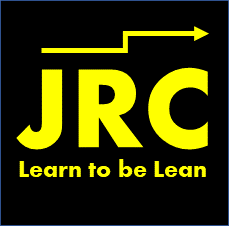
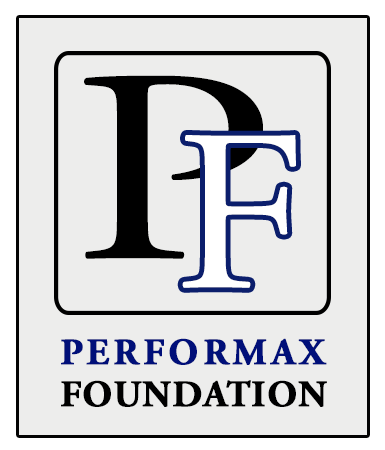








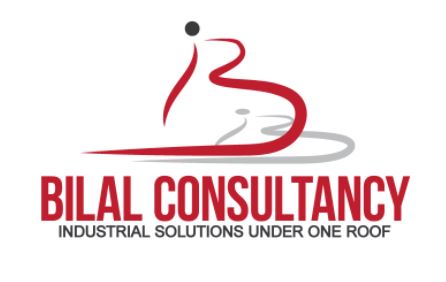
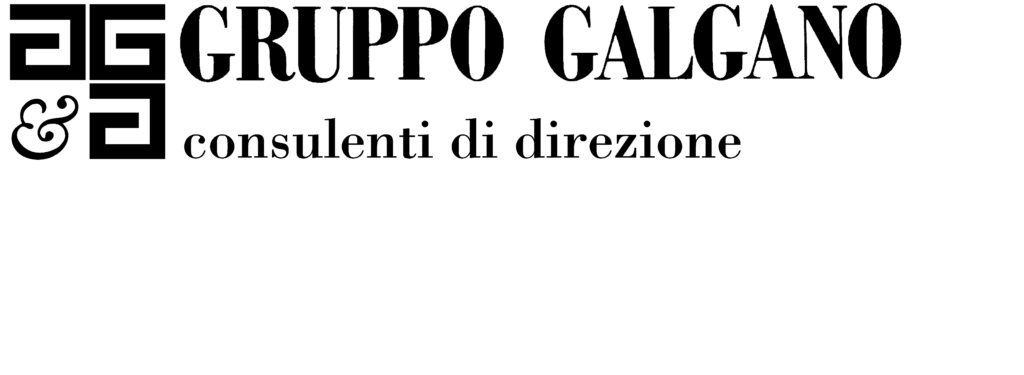



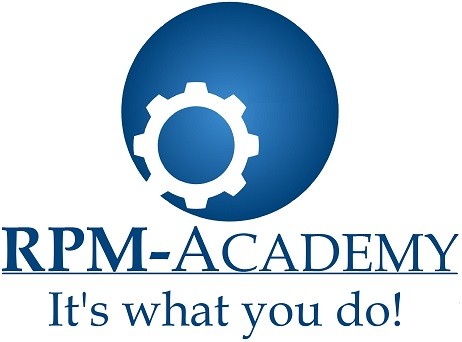




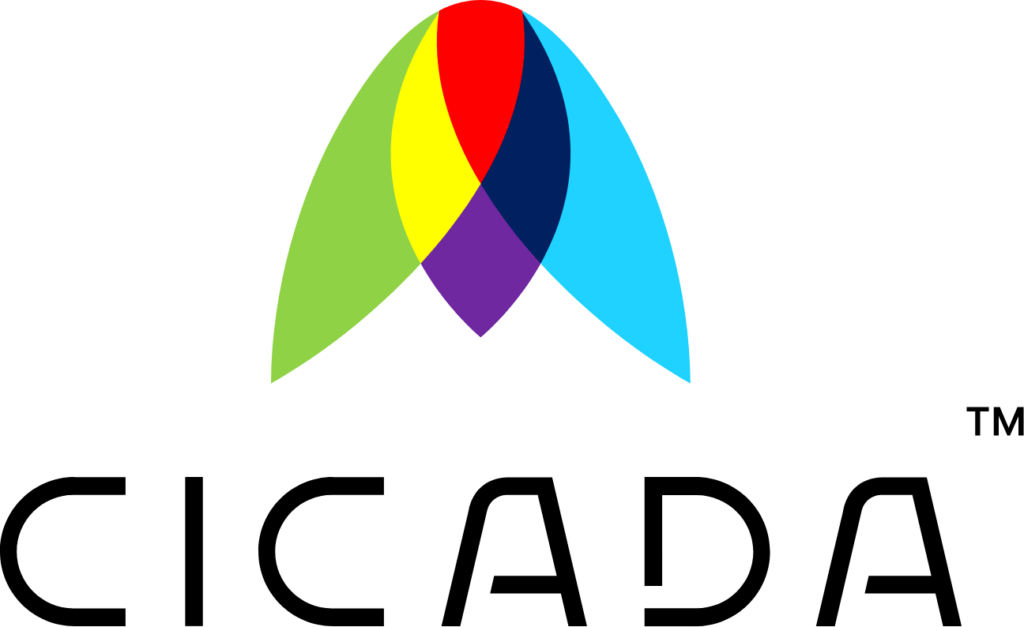

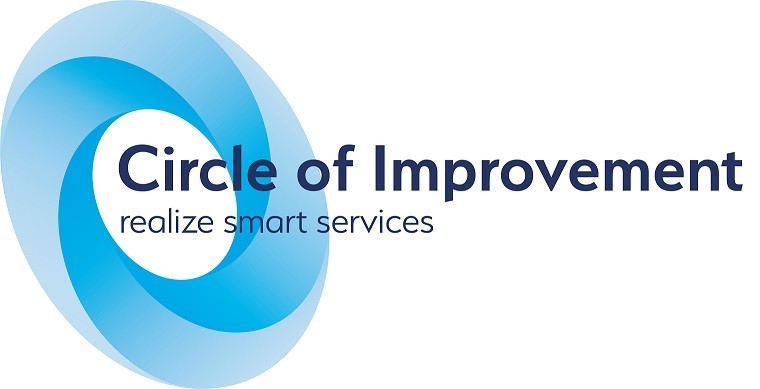



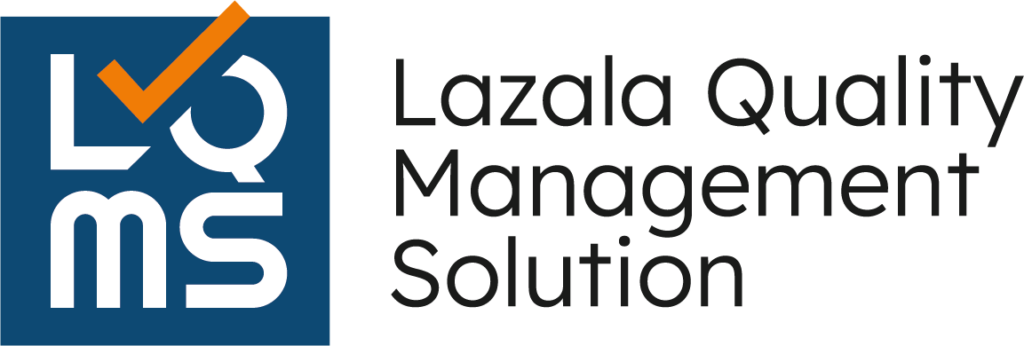








![UCOURSE.ORG [UCOURSE Academy] was established in Hong Kong in 2019 (company name: UCOURSE LTD), dedicated to providing high-quality online courses and courses for Chinese people in China, Hong Kong, and even all over the world. UCOURSE.ORG 【优思学院】于2019年成立于香港(公司名称:优思学院有限公司 / UCOURSE LTD),致力于为中国、香港、以至身处于全球各地的中国人提供优质的线上课程和考试认证,促进全国的人材培育、个人的职业发展,让学员在事业上事半功倍,同时助力国家的未来的急促发展。](https://ilssi.org/wp-content/uploads/2021/02/ucourse-logo-250.png)











